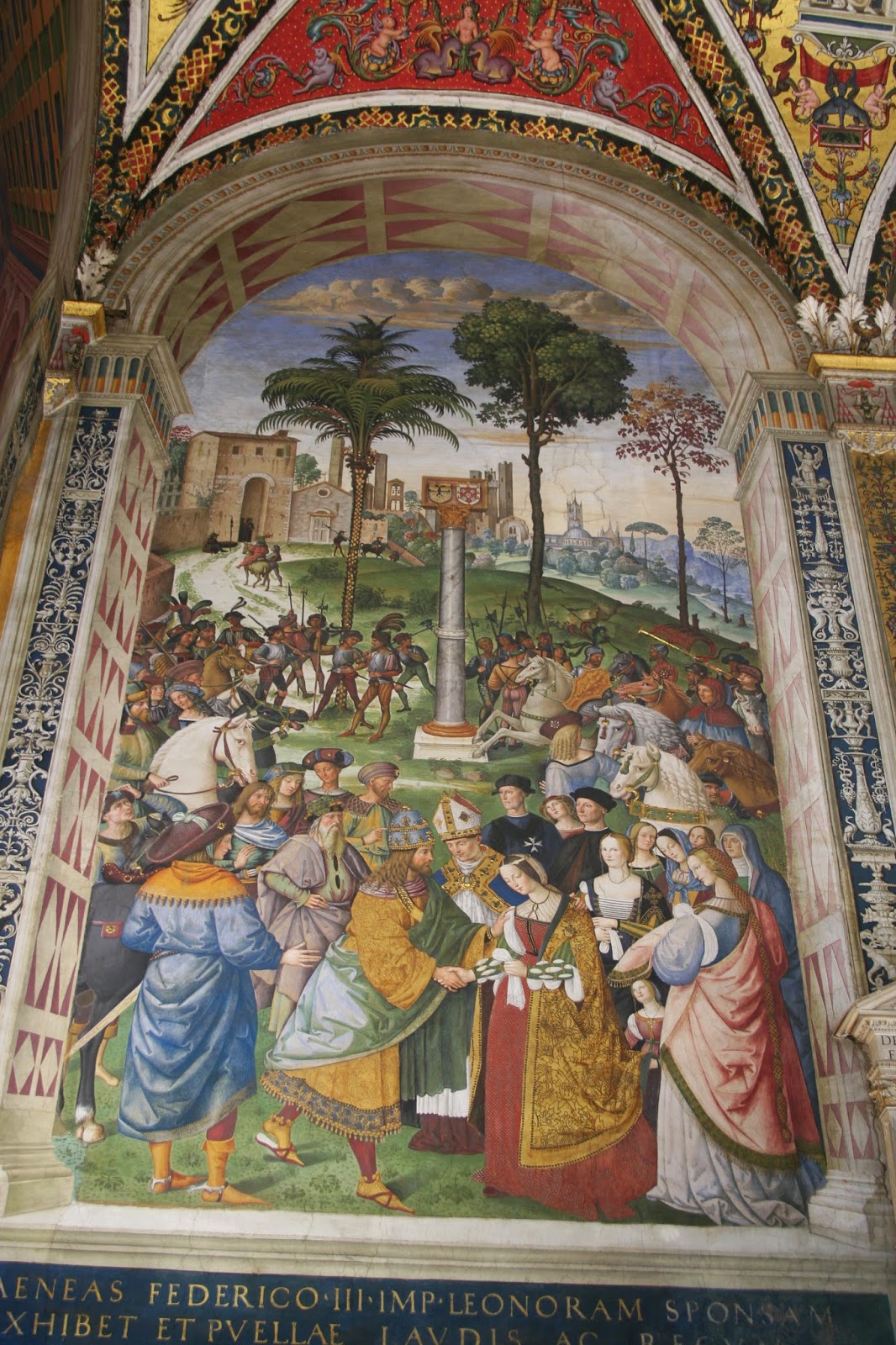150 g flour
150g icing sugar
150 g honey
200 g peeled sweet almonds
40 g candied citron
150 g candied orange
50 g candied melon
a pinch of mixed spice coriander, anise, fennel love, lots of cinnamon
1 sheet of wafer
PREPARATION
Blanch the almonds in boiling water, drain, dry and place them on a baking sheet and and toast them in the oven at 200 ° C. When they are toasted, chop coarsely and place in a bowl.
In the bowl add the various chopped candies (orange, lime and melon). Add the flour and spices and mix. Cook in a saucepan of copper or stainless steel, very low heat, icing sugar, honey and a tablespoon of water. Stir constantly making sure that the mixture does not stick to the bottom.
When sugar and honey will begin to form small bubbles, take a toothpick and dip first into the syrup and then into cold water. If you form a ball hard, syrup is ready.
Remove the pan from the heat and pour the mixture of flour and fruit, stirring with a wooden spoon.
Line a cake tin (about 25 cm in diameter with low sides) with the sheet of wafer and wet it slightly. Pour the mixture into the pan, leveling the surface with the blade of a moistened kneife.
Cook it in the oven at 150 ° C for about thirty minutes. When it is cooked, remove from the oven, cut with scissors the hosts who advance from the cake, sprinkle with icing sugar and serve when it is cooled.
INGREDIENTI
150 g farina
150 g zucchero a velo
150 g miele
200 g mandorle dolci pelate
40 g cedro candito
150 g arancia candita
50 g melone candito
un pizzico di spezie miste
1 foglio di ostia
PREPARAZIONE
Scottare le mandorle in acqua bollente, scolarle, asciugarle, disporle su una placca da forno e e farle tostare in forno a 200 C°. Quando saranno tostate, tagliuzzarle in modo grossolano e metterle in una terrina. Nella terrina aggiungere i vari canditi (arancia, cedro e melone) tagliati a pezzetti. Aggiungere la farina e le spezie e mescolare. Mettere a cuocere in una casseruola di rame o di acciaio inossidabile, a fuoco molto basso, lo zucchero a velo, il miele ed un cucchiaio d'acqua. Mescolare in continuazione facendo attenzione che il composto non si attacchi al fondo.
Quando lo zucchero ed il miele cominceranno a formare delle piccole bolle, prendere uno stecchino ed immergerlo prima nello sciroppo e poi nell'acqua fredda. Se si formerà una pallina dura lo sciroppo sarà pronto.
Togliere la casseruola dal fuoco e versare il composto di farina e frutta mescolando con un mestolo di legno.
Foderare una tortiera (di circa 25 cm di diametro a bordi bassi) con il foglio di ostia e bagnarlo leggermente. Versare il composto nella tortiera livellando la superficie con la lama di un coltello inumidita.
Farlo cuocere in forno a 150 C°per circa trenta minuti. Quando sarà cotto, toglierlo dal forno, ritagliare con le forbici le ostie che avanzano dal panforte, spolverizzare con lo zucchero a velo e servire quando si sarà raffreddato.























